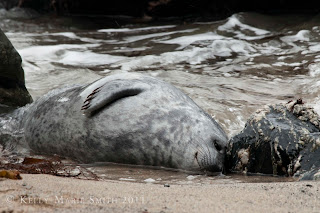Metamorphosis is a biological process by which an animal physically develops after birth or hatching, involving a conspicuous and relatively abrupt change in the animal’s body structure through cell growth and differentiation. Butterflies, moths, beetles, flies and bees have complete metamorphosis. The young (called a larva instead of a nymph) is very different from the adults. It also usually eats different types of food.
There are four stages in the metamorphosis of butterflies and moths: egg, larva, pupa, and adult.
The photographs below demonstrate the larva stage. I will be photographing all the stages throughout my project.



















































